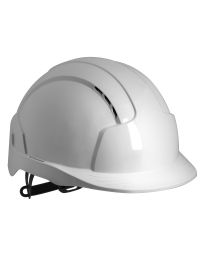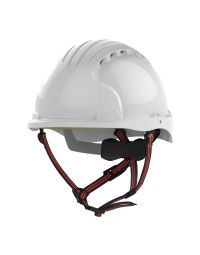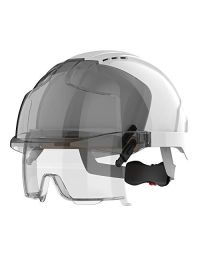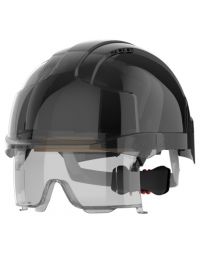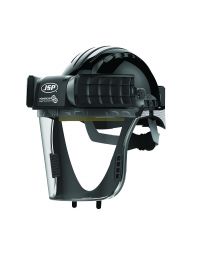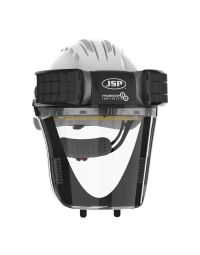The Hard Hat Revolution


Hard Hats came into place in 1919, introduced by E.D Bullard. Inspired by miliary helmets, the first commerically available hard hat was made of steamed canvas, glue and black paint. The evolution of hard hats then transpired into aluminum and cheap steel, offering lightweight relief - however this species was still conductive, making it extremely dangerous for those who worked with electricity or high heat. In 1931, hard hats became a mandatory practice, strongly influenced by the 'Hoover Dam' project, where workers worked at dangerous heights to construct the Golden Gate Bridge. As they became a priority on site, speedy adjustments to suit comfortability and safety took place. Since 1960s, the standard yellow hard hat, made from high-density polyethylene and thermoplastics offered a lightweight, durable, impact-resistant solution, and has evolved through significant advancements, leading to improved security and safety on site. In 1997, ANSI allowed for advancements including ventilation, faceshield, ear defenders and slip rachets - features we proudly offer today. Hard hats now come in various colours, each with their own meaning. For example, at CMT Group, we provide the option to add company logos to all PPE wear and signage, enhancing worker recognition and personalisation.
The Dangers of Going Without a Hard Hat
Wearing a hard hat may seem like an inconvience to your day, especially during the summer. However, the protection it provides far outweighs any temporary discomfort. Without proper head protection, the risk of serious injury - or even fatal consequences- is significantly increased. Prioritising safety ensures your well-being and allows you to work confidently, knowing you are protected from potential hazards such as:
- Head Injuries.
- Brain Trauma.
- Electical Hazards.
- Psychological impacts including increased anxiety or PTSD.
- Reduced productivity due to reoccuring injury.
- Penalties including disiplinary action or even dismissal.
The Effects of Modern Advancements
As previously mentioned, since 1997, the advancements on head protection, particularly hard hats, have come leaps and bounds, significantly reducing risks for workers and minimising harm. Hard hats are no longer just a tool; they now offer integrated protection for the eyes, skin, ears and lungs. This allows workers to gear to their specific job needs all in one, rather than risking the dangers of forgetting a piece of essential equipment.
Furthermore, advancements have also allowed for more durability. Improved coatings and finishes make modern hard hats more resistance against UV rays, chemicals and extreme weather conditions, leading to a reduce in wear and tear, fewer replacements, and a lower chance of hazards for the user.
Along with these functional enhancements, there has been a focus on comfort and style. While the classic hard hat remains a reliable option, modern designs and colours now allow workers to express individuality and confidence, all while maintaining the safety standards that are curcial in today's work environment.
We offer a premium range of hard hat equipment and attachments, all customisable to suit your individual needs. Among our offerings is JSP, a leading company dedicated to above-the-neck protection. JSP stays at the forefront of innovation, constantly updating their products to meet customer needs while prioritising sustainability. JSP manufactures millions of safety helmets a year, and are rigulously tested under both the USO 9001:2008 Quality Management System and the British Standard Institution's Kitemark Scheme. Try them out for yourselves by checking out our related products below.




